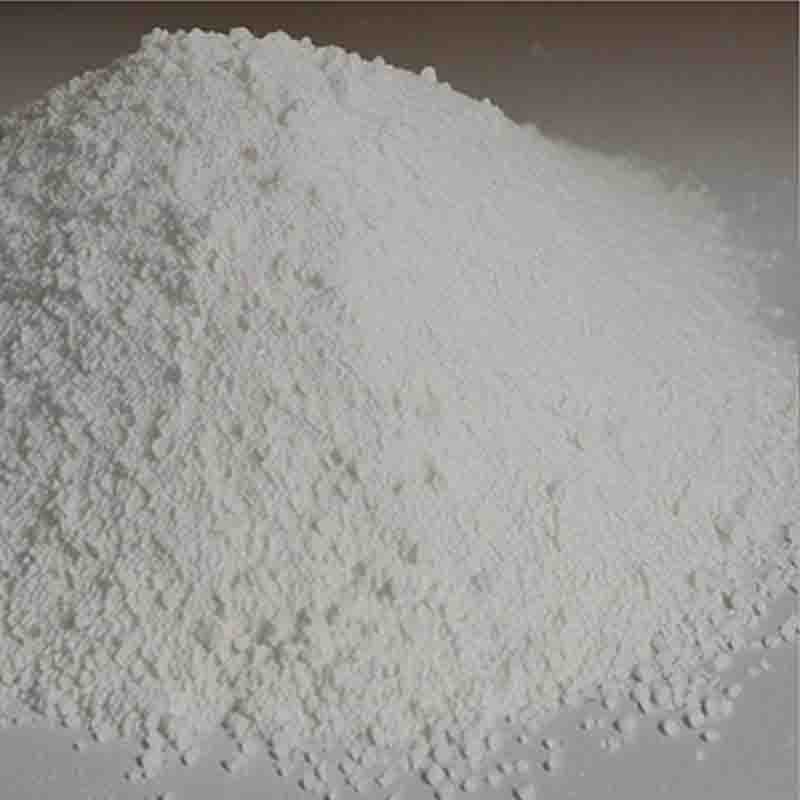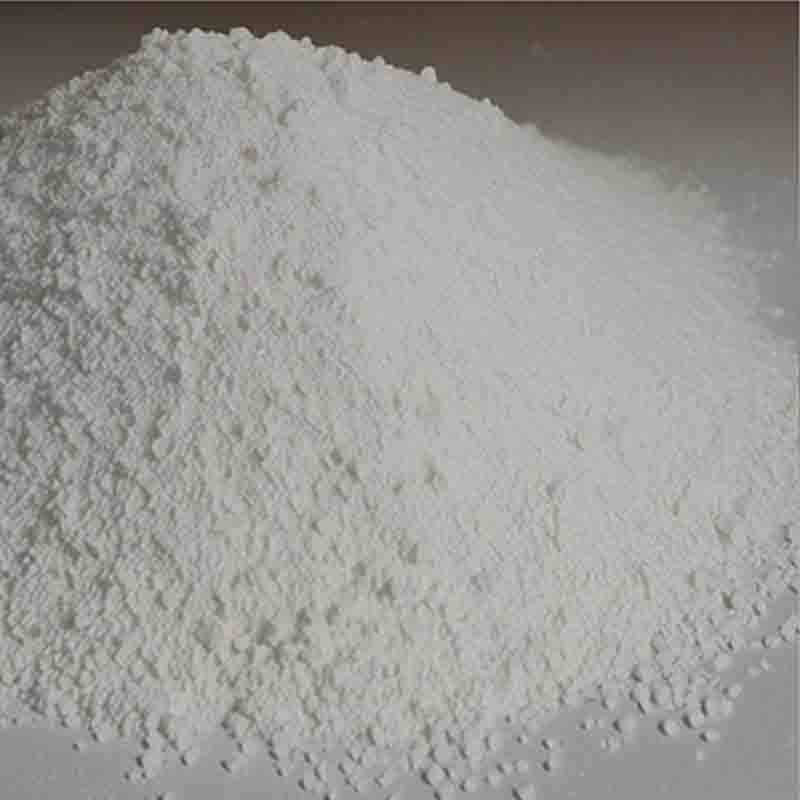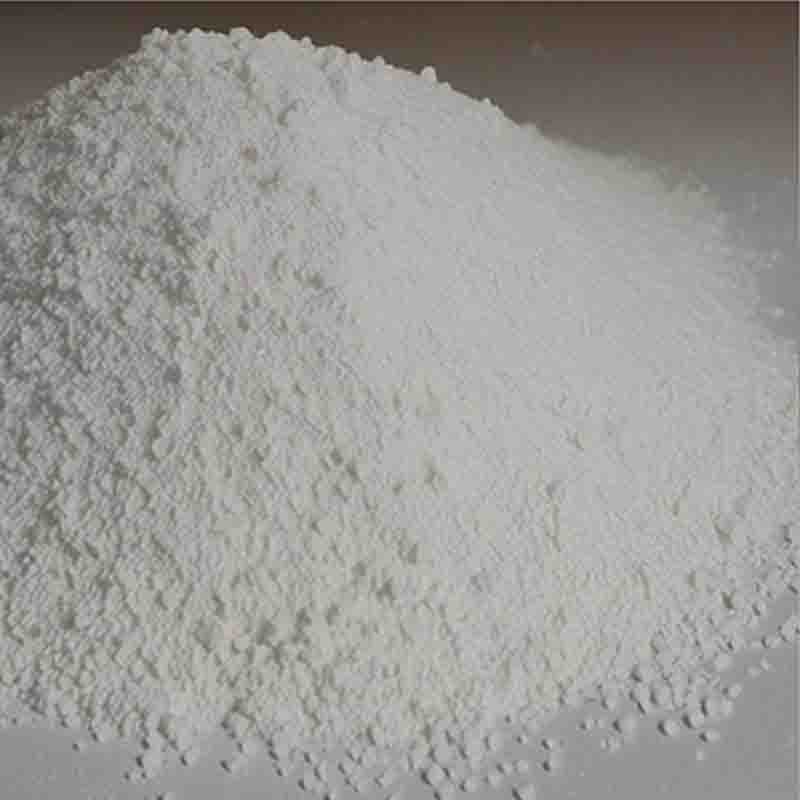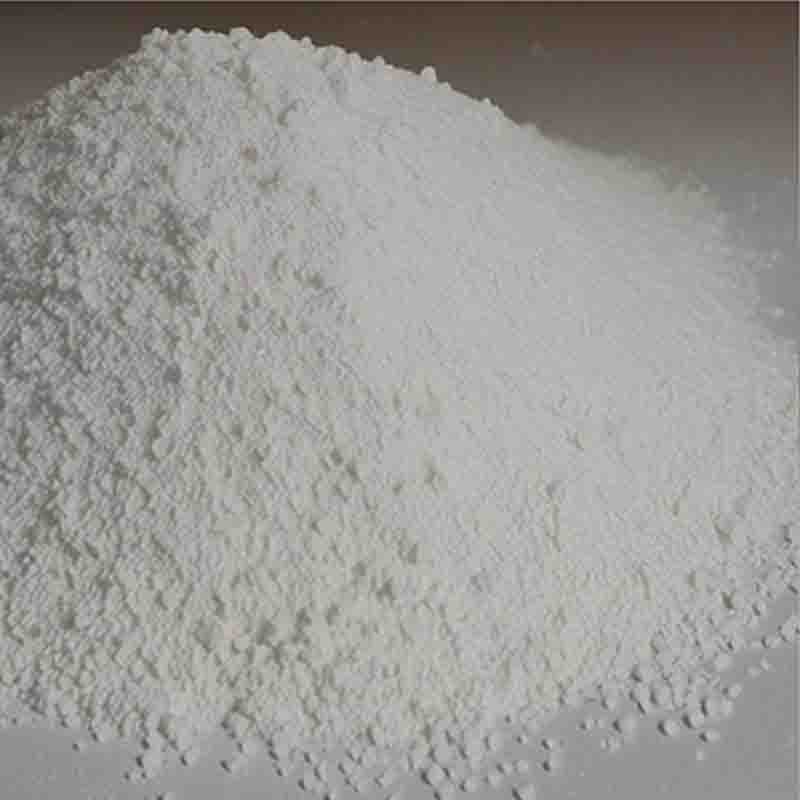2-Chloro-4,6-dimethoxy-1,3,5-triazine CAS: 3140-73-6
| Catalog Number | XD93809 |
| Product Name | 2-Chloro-4,6-dimethoxy-1,3,5-triazine |
| CAS | 3140-73-6 |
| Molecular Formula | C5H6ClN3O2 |
| Molecular Weight | 175.57 |
| Storage Details | Ambient |
Product Specification
| Appearance | White powder |
| Assay | 99% min |
2-Chloro-4,6-dimethoxy-1,3,5-triazine, also known as CDMT, is a chemical compound with diverse applications in organic synthesis and pharmaceutical industries.CDMT is commonly used as a coupling reagent in peptide synthesis and other organic reactions. It facilitates the formation of amide bonds, which are important in constructing peptide chains. CDMT acts as an activating agent, promoting the reaction between an amine and a carboxylic acid, resulting in the formation of the desired amide linkage. This property makes CDMT a valuable tool in the production of peptides, amino acid derivatives, and pharmaceutical intermediates.Another application of CDMT is as a protecting group for amines. A protecting group is a chemical modification added to a reactive functional group to temporarily block its reactivity during a specific reaction step. In the case of amines, CDMT can be used to protect the amine functionality, preventing unwanted reactions while other reactive groups are chemically modified. The amine can then be selectively deprotected at a later stage, allowing for further modifications or reactions.CDMT is also utilized in the synthesis of nucleoside phosphoramidites, which are building blocks for DNA and RNA synthesis. It acts as an activating reagent for the attachment of nucleosides to a solid support, crucial in the production of DNA or RNA oligonucleotides. CDMT helps to ensure efficient and selective attachment of nucleosides, allowing for the synthesis of high-quality oligonucleotides for various applications, including genetic research and diagnostics.Additionally, CDMT finds application as a cross-linking agent in the preparation of polymer materials. It can be utilized to introduce cross-links between polymer chains, resulting in improved mechanical properties, such as increased strength, toughness, and dimensional stability. This characteristic is often exploited in the production of polymeric materials for coatings, adhesives, and composites.Moreover, CDMT has potential antimicrobial properties and has been explored for the development of novel pharmaceuticals. Its unique chemical structure and reactivity make it a promising candidate for designing new antimicrobial compounds, especially against drug-resistant bacteria.In summary, 2-Chloro-4,6-dimethoxy-1,3,5-triazine (CDMT) is a versatile compound with various applications in organic synthesis and pharmaceutical industries. It serves as a coupling reagent, protecting group, and activating agent in peptide synthesis, DNA and RNA production, and the synthesis of polymer materials. Furthermore, CDMT shows potential as a starting point for the development of antimicrobial compounds. Its wide-ranging uses make it a valuable tool in chemical research and pharmaceutical development.





![N-[[2-[[[4-(Aminoiminomethyl)phenyl]amino]methyl]-1-methyl-1H-benzimidazol-5-yl]carbonyl]-N-(2-pyridinyl)-beta-alanine ethyl ester hydrochloride Cas: 211914-50-0](https://cdn.globalso.com/xdbiochems/白色粉末980.jpg)



![N-[3-Fluoro-4-[(methylamino)carbonyl]phenyl]-2-methylalanine CAS: 1289942-66-0](https://cdn.globalso.com/xdbiochems/白色粉末1327.jpg)